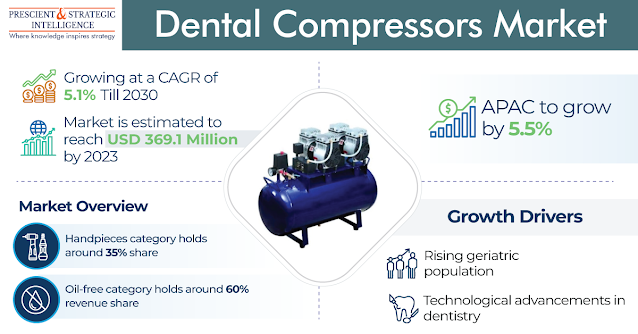The value of the routing market stood at USD 16.3 billion in 2023, and this number is projected to reach USD 29.3 billion by 2030, advancing at a CAGR of 8.8% during the projection period.
Routing denotes to the selection of a path for traffic in a network, or between or across numerous networks. The worldwide routing sector is propelled by a surge in the size of media-rich info generated by web applications and the internet. The enhancing use of reasonably priced broadband facilities, with the growing count of internet users, directs to the formation of huge amounts of multimedia material on the internet, which is propelling the demand for routers at the worldwide level.
The rise in the count of smart houses and the upsurge in the count of IoT devices drive the need for wireless connectivity, which, ultimately, is fuelling the need for wireless routers. The smart home sector is thriving on the back of the rising importance of remote home monitoring and power-saving solutions. Therefore, Wi-Fi-fortified smart homes are attaining enormous traction as they empower seamless connectivity and control of several smart devices inside, for example, smart locks, security cameras, smart voice assistants, smart doors, smart lighting, and smart HVAC.
The BFSI industry is projected to lead the industry because of the mounting use of enhanced routing solutions here. It is mainly because monetary institutions have become more multifaceted and now depend upon cloud solutions and online channels to communicate transactional changes throughout the globe.
In our analysis of geographical trends, a notable surge in growth is anticipated in the Asia-Pacific (APAC) region throughout the forecast period. This is primarily driven by the robust expansion of 5G technology deployment in Southeast Asia and Oceania.
According to data from the Ericsson Mobility Report, an estimated 620 million 5G subscriptions will be in place in this region by the conclusion of 2028. The implementation of 5G has the capacity to significantly impact both wired and wireless connectivity within the industrial and technological infrastructure.


































